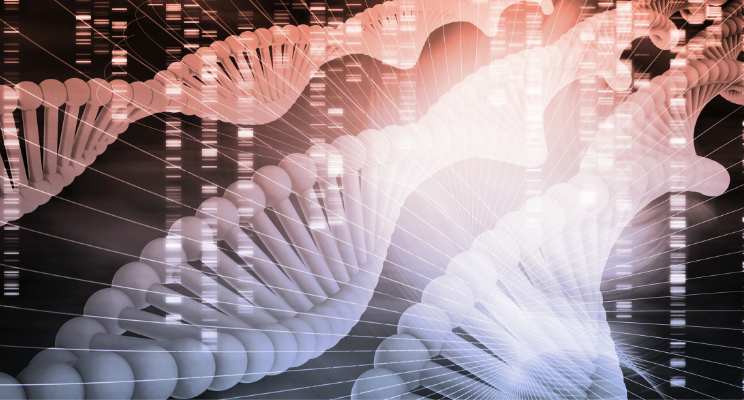
What Does Quality Mean for Gene Therapy and AAVs?
Gene therapy is changing the way we manage genetic diseases but delivering these treatments requires vectors to transport the target gene into the patient’s cells. Adeno-associated virus(AAV) have become a standard viral vector delivery method. However, despite the continued advancement of AAV-based gene therapy products, the field has not yet reached a consensus on the best practices for analytical quality control. Part of the challenge is that there are many different types of AAVs, each with different properties allowing them to target cells as diverse as kidney to neurons. There is also an evolving regulatory environment and a need for guidance on how specific quality attributes impact clinical safety and efficacy.
On the 7th & 9th of December 2021, USP brought together a diverse group of experts from Pfizer, Intergalactic Therapeutics, Merck, Eli Lilly, Novartis, Biogen, Janssen, Akouos, Ultragenyx, Regenxbio, Parexel, LogicBio Therapeutics, Prevail Therapeutics, StrideBio, and the US FDA to discuss best practices, and to identify opportunities for guidelines and manufacturing and analytical control standards for AAVs. The debate also highlighted the continuum of analytical methods available from characterization to release. The realization that many companies are using multiple orthogonal methods to look at the same attribute is an important, if sobering, fact. The diversity in approaches underscores the challenge in standardizing methods and implementing them in a quality control environment. It also poses a more relevant question about what validation means for AAVs.
The discussion made it is clear that new approaches are needed for addressing:
- comparability following changes to the manufacturing process
- empty and partially full capsids
- development of relevant functional assays
- validation of functional assays for use in a QC environment
- the use of next-generation sequencing for assessment of gene integrity.
USP is addressing these challenges through its expert panels and by facilitating dialogue between manufacturers making gene therapies and regulators. The discussion during our latest event highlighted many of the challenges that need to be met to accelerate the development of gene therapy products. But don’t worry if you missed it. We are assembling all the best ideas from our experts into a whitepaper so that you can get caught up on AAV quality attribute control and potency ASAP. Look for this paper in the Summer of 2022. If you want to help decide on the best practices for AAV vector design, manufacturing, and quality controls, consider applying to be part of USP’s AAV Gene Therapy Expert Panel, which will be drafting a general chapter on best practices for AAV-based products for publication in the USP-National Formulary.
Nanomedicine Researcher and Educator
2yIt will be great to discuss non-viral gene therapy too. Thanks
Director, External Scientific Collaboration at US Pharmacopeia
2yIf you are knowledgeable about #genetherapy and the use of #AAV vectors, being part of this USP AAV Gene Therapy Expert Panel is a great opportunity to influence the field.
Life Sciences Sales & Business Development Professional
2yThis #USP group will be a great help to progress #AAV and move #GeneTherapy forward.